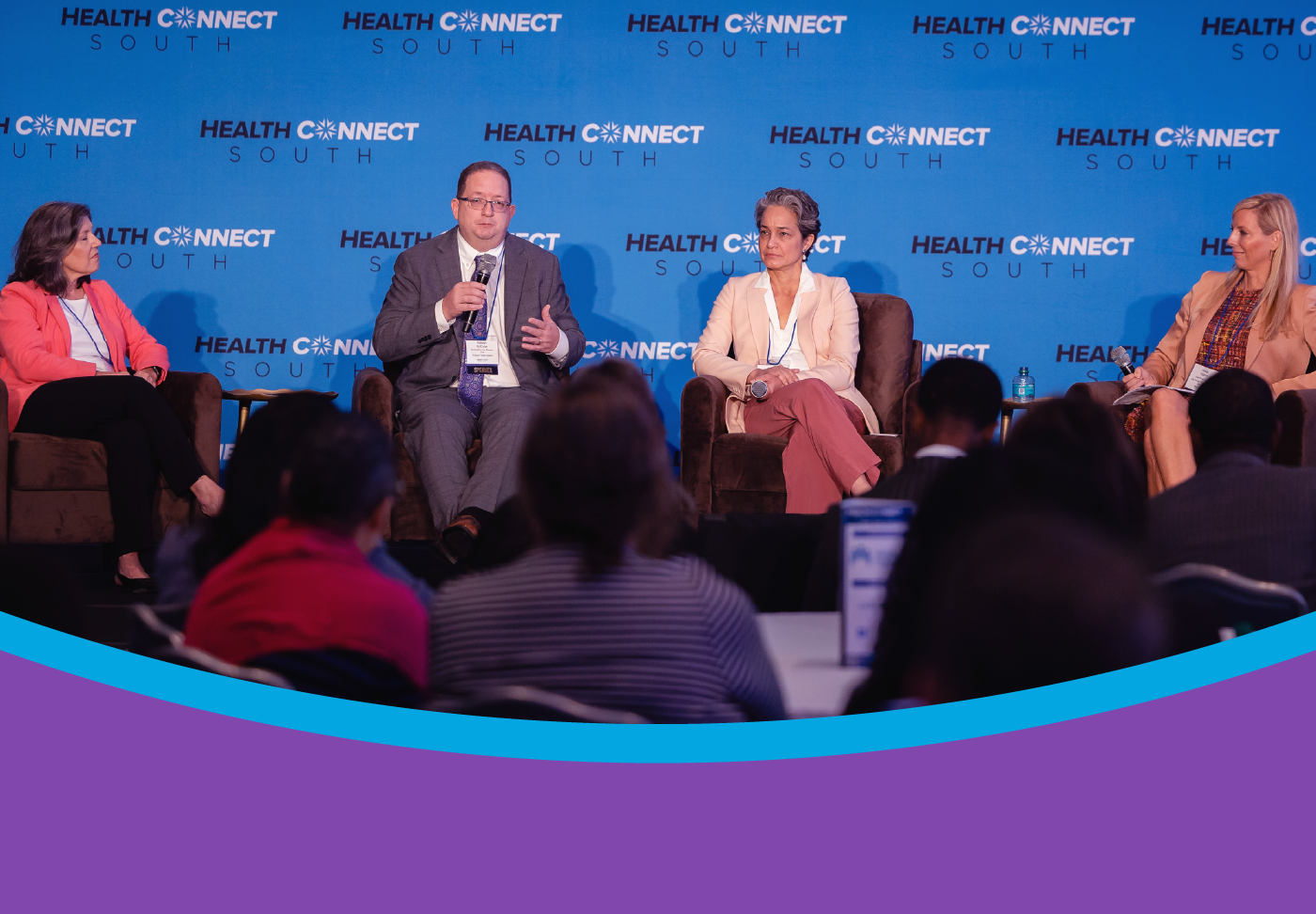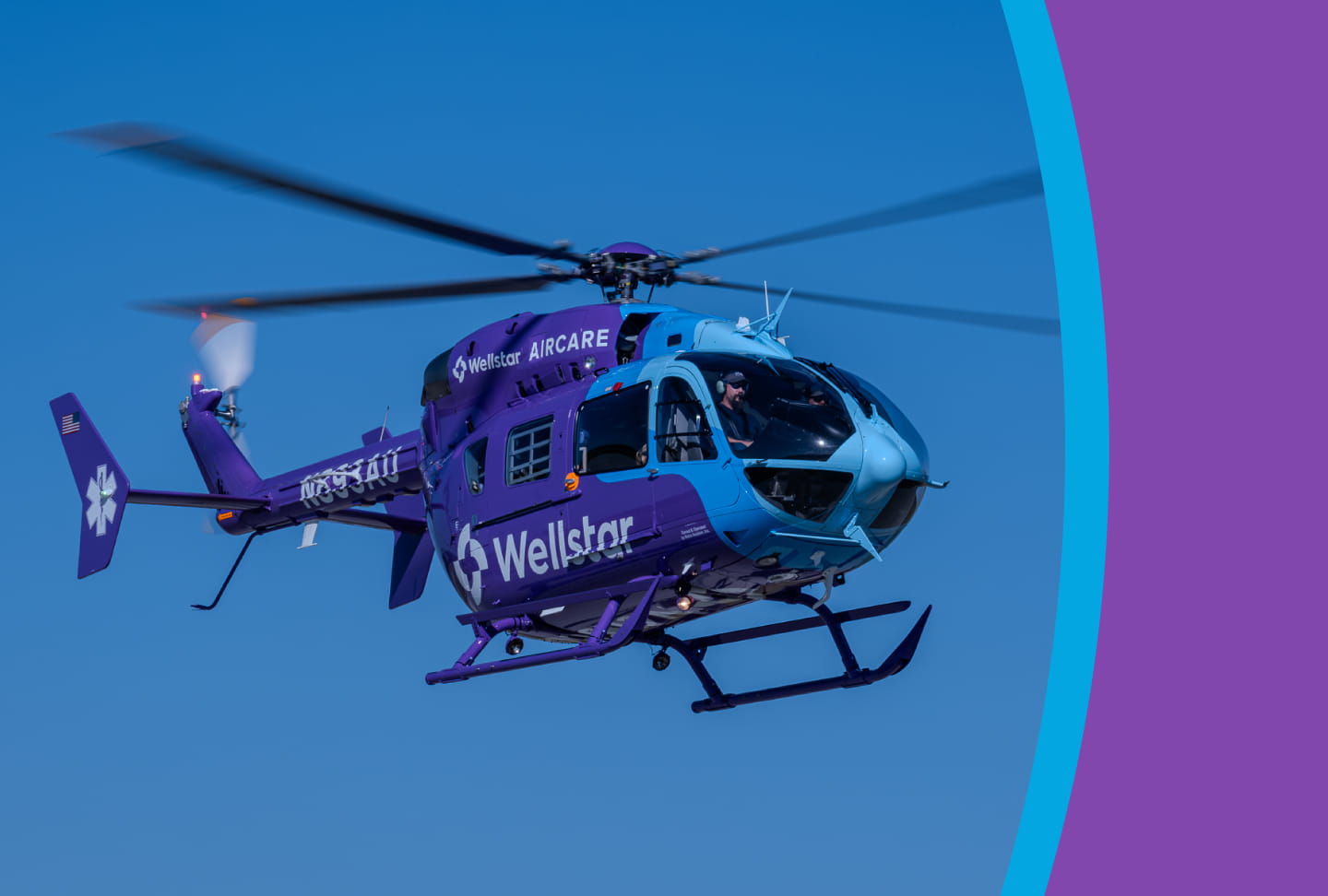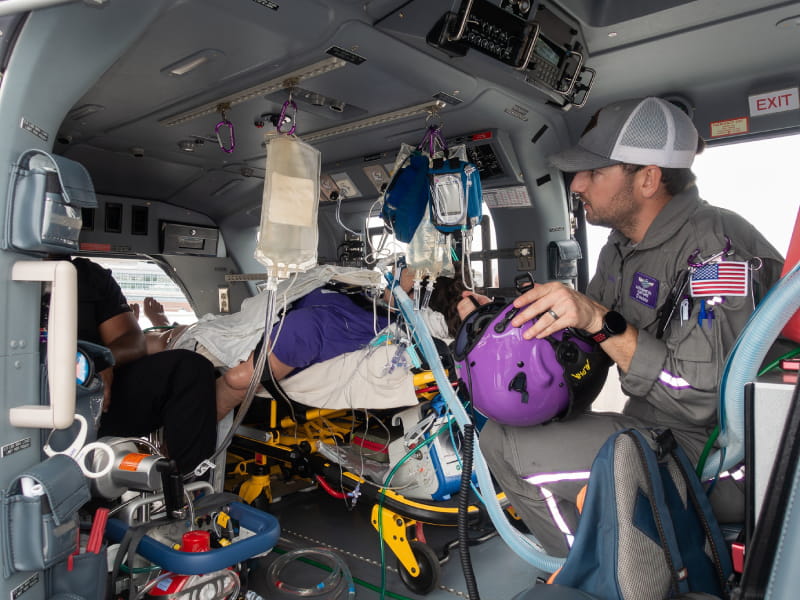Maintaining healthy joints is essential for mobility and quality of life. When joint pain arises, whether as the result of an acute injury or natural aging, the discomfort can interfere with daily activities and keep you from living your fullest life.
The good news is that it’s possible to protect your joints with the right preventive strategies. By teaming up with the orthopedic experts at Wellstar, you can overcome joint pain and stay at the top of your game.
Do: Train smart and prioritize recovery.
When it comes to joint health, the way you train matters just as much as how you recover.
“Smart training means warm-ups, cool downs and using ice after activities and heat before activities,” said Wellstar Chief Musculoskeletal Officer Dr. Joseph Burns. It also means understanding your body’s limits—you should avoid pushing too hard, too fast, as this can lead to overuse injuries that compromise long-term joint health.
Additionally, variety of movement is key. “You shouldn’t do one sport or one physical activity all year round,” noted Dr. Burns, who specializes in shoulder surgery and sports medicine. Try to mix up your exercises, incorporating a blend of strength, flexibility and mobility training to build joint resilience. Be mindful of any discomfort, and adjust your routine accordingly.
Finally, it’s important to allow for adequate rest and recovery between intense activities to prevent strain and reduce inflammation.
“There’s a normal soreness after activities,” Dr. Burns said, “but if you don’t give your body the opportunity to fully recover, it gets used to the idea that it’s always in pain, always fighting.”
By training smart and prioritizing recovery, you're not just protecting your joints in the short term—you’re setting the stage for a lifetime of movement and vitality.
Don’t: Ignore joint pain.
It’s important to pay attention to the cues your body gives you. Ignoring pain can lead to further damage. According to Dr. Burns, one of the first steps you can take when joint pain occurs is the R-I-C-E method.
“The acronym R-I-C-E, which is rest, ice, compression and elevation, is a good place to start,” he said. This simple yet effective treatment can greatly reduce pain and swelling, and help you get back to enjoying the things you love.
However, if your pain is debilitating, persistent or accompanied by other symptoms, you should consult a physician. “In general, we tell people that the severity of the pain matters; sharp, intense pain is your body telling you something,” Dr. Burns explained. “Another sign is how you’re sleeping. If pain is waking you up at night, it’s time to look into it.”
Do: Discuss treatment options with your healthcare provider.
At Wellstar, our comprehensive total joint care program addresses a variety of joint concerns with both surgical and non-surgical treatment options. We work closely with you to tailor the best treatment plan for your lifestyle.
“Joint pain comes in all shapes and sizes,” Dr. Burns said. Sometimes R-I-C-E is all it takes to reduce your joint pain and promote healing. Other times, a total joint replacement or minimally invasive procedure may be recommended to help you get back to an active lifestyle, whether it’s playing sports or keeping up with your grandkids.
“My job is to help people feel better,” said Dr. Burns, “and sometimes that requires surgery, sometimes it requires medication, sometimes it requires education, and sometimes it requires a pat on the back and encouragement that people are on the right track and doing the right thing.”
In many cases, physical therapy, lifestyle modifications and minimally invasive procedures can provide significant relief before surgery becomes necessary. Whenever possible, Wellstar utilizes state-of-the-art technology to deliver focused care with fewer complications and shorter recovery time.
One example is a treatment called platelet-rich plasma, or PRP. “It harnesses the body’s own healing ability, which is quite amazing,” explained Dr. Burns. “It involves removing a little bit of blood, extracting certain cells—in this case the platelet cells—concentrating them and then injecting them into the body. It’s a great example of the technological advances that can help people avoid surgery.”
If surgery is recommended by your doctor, ensure you understand the risks, benefits and expected recovery timeline. Don’t hesitate to ask questions or seek a second opinion if something concerns you. A well-informed patient is an empowered patient.
Do: Practice healthy habits.
Taking care of your joints requires a high level of discipline when it comes to health maintenance.
Your daily routine should include “stretching, strength training, proper nutrition, rest, recovery and keeping your mind active and focused,” Dr. Burns recommended. “In combination, this can help significantly reduce not only your risk for injury, but your blood pressure, and stress and anxiety levels.”
Stress can trigger joint pain, making it vital to prioritize your mental health. “The mental resiliency is equally important as the physical work,” Dr. Burns said.
Other preventive care practices, including wearing supportive footwear, focusing on proper form and avoiding overexertion, can help create a solid foundation that supports joint health over time. Neglecting these basics often leads to imbalances and strain that could have been avoided.
“It’s an ongoing, lifelong process of maintaining your health,” said Dr. Burns. “There are no shortcuts.”
Don’t: Navigate joint pain alone.
If you’re dealing with joint pain, don’t be afraid to seek care and guidance. “We can’t do it alone,” said Dr. Burns.
While acute inflammation comes on quickly and can be treated fast and effectively, chronic inflammation “isn’t as easy to fix,” the surgeon said. “Oftentimes it involves a long-term approach that may involve rebalancing muscles, physical therapy or muscle strengthening.” By establishing a trusted team of providers, from orthopedists to rheumatologists to physical therapists, you can feel supported at every step of the process.
“From a physician’s standpoint, it is extremely valuable to know your patient,” Dr. Burns shared. “That’s why a health system like Wellstar, where our patients often see several physicians within the system, can be extremely helpful.”
Achieving optimal joint health requires collaboration among numerous experts. Your doctors, surgeons and specialists may work together to recommend exercises or offer lifestyle adjustments that will protect and strengthen your joints.
Above all, maintain open communication with your care team about your symptoms, goals and any changes you feel. This proactive approach ensures you’re not making decisions alone. By seeking the right help early on, you can prevent further joint pain and get back to enjoying daily activities with confidence and ease.
Find a Wellstar orthopedic specialist near you.





